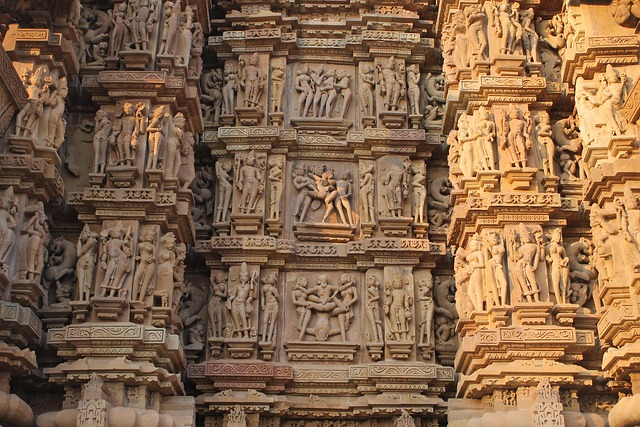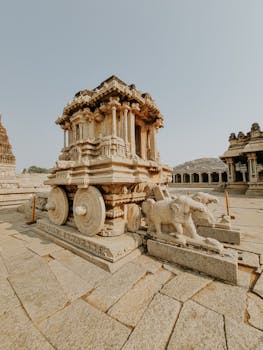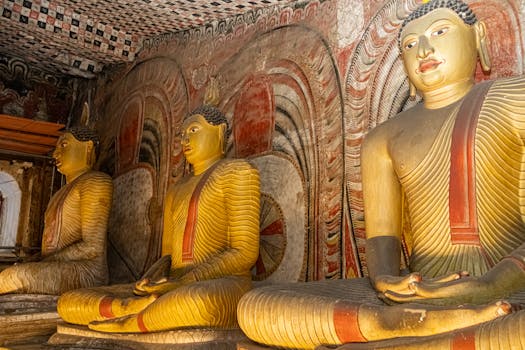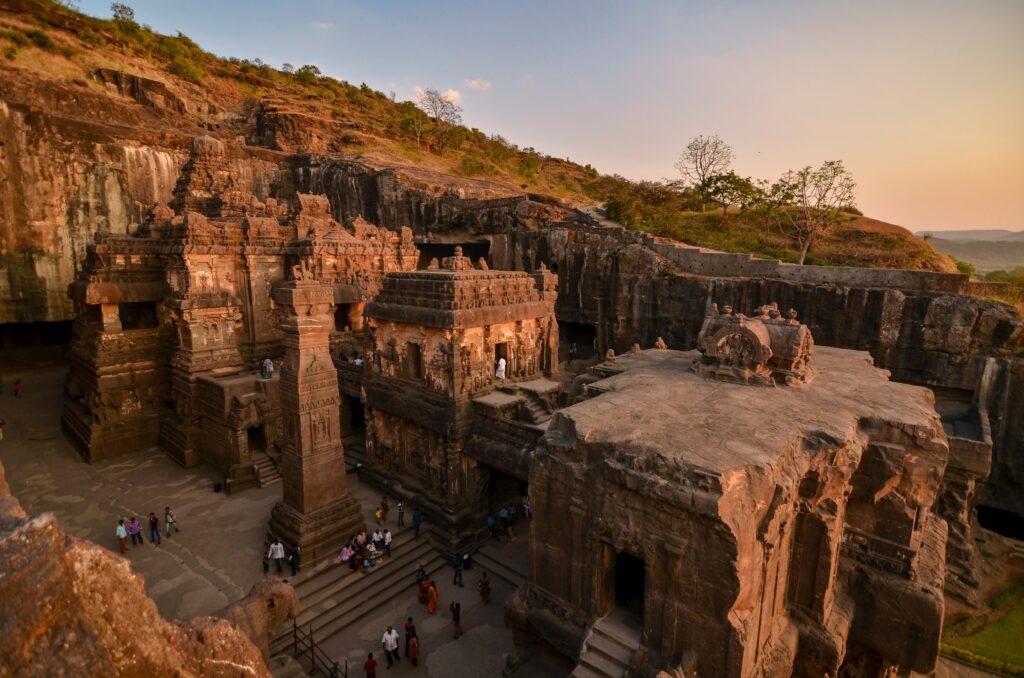What our loss of beauty says about our collective soul.
A few days ago, I came across a side-by-side image comparing architecture from the past and present. It was titled “Before and After Reservation,” showing breathtakingly intricate structures of ancient India next to today’s plain, lifeless buildings.
I dismissed it at first. The framing felt political.
But then today, a friend sent me a similar image—same comparison, just without the word “reservation.” And this time, I paused.
Because this wasn’t about policy. It was about something deeper.
The erosion of beauty. The disappearance of devotion. The death of detail.
I remembered my history textbooks from school.
I studied Humanities. I still recall the calligraphy in Mughal manuscripts, the delicate borders, the temple carvings, the vibrant book covers. There was such care—even in what we considered ordinary.




Back then, we built for the soul.
But now?
We create. But do we create anything that holds breath? That quiets the room? That makes you stop and feel reverence?
I don’t know if it’s just me, but this ache has been lingering lately. A kind of inner knowing that something important was lost—not accidentally, but slowly, across generations.
I think it has something to do with how we’ve started seeing beauty itself.
Earlier, art and architecture weren’t just about aesthetics. It was spiritual philosophy in stone.
Now, it’s utility on a deadline. No time for meaning. No room for wonder.
We’ve stopped designing for transcendence.
We build for output, not awe.
The world has gotten faster, noisier, more crowded. And maybe—just maybe—we’ve lost the patience that beauty requires.
Beauty, a devotion.
What strikes me about older structures especially in our culture is how spiritually embedded we were. Geometry followed cosmic patterns. Carvings told stories from mythology. Even materials were chosen with energetic sensitivity.
It wasn’t art for aesthetics.
It was art for awakening.
And that raises a question—when did we stop creating with reverence?
Have we become too disconnected from the sacred?
There’s a psychological angle to all this that I can’t ignore. When a person is fragmented inside, what they create outside reflects that fragmentation. When a society is anxious, hurried, and disconnected from nature, its architecture begins to mirror that. Concrete, rushed, utilitarian.
Do you think our outer world is a mirror of our collective psyche?
I do.
It makes me wonder what kind of emotional states our ancestors were living in, to have built such grounding, awe-inspiring spaces. Maybe they weren’t “simpler people.” Maybe they were more centered. More connected to their purpose. More conscious of the energy they were shaping with.
And now, when our nervous systems are wired for urgency, efficiency, and optimization—can we even access that state anymore?
Or do we have to unlearn our way back to it?
I also think colonization played a role—just in a more subtle way. What happens when you’re told, for generations, that your art is inferior, your design sensibility is “excessive,” and your symbols are pagan or backward?
It messes with your imagination. You forget how to see yourself as a creator. You stop trusting your instinct for beauty. You replace intricacy with imported minimalism. You try to be modern by becoming less you.
I sometimes wonder—how much of our current design choices are actually ours?
And how many are still shaped by the leftovers of aesthetic gaslighting?
Not just a loss of beauty
Because beauty isn’t just nice to have. It’s regulating. Soothing. Expansive. It slows you down. It roots you. It brings a kind of peace that can’t be outsourced.
When you enter a space that’s been built with care, you feel it.
You breathe differently. You listen more. You become more human.
But when you live in a world of harsh lights, flat walls, and noise—you harden too.
So maybe the real loss isn’t in the carvings or the manuscripts.
Maybe it’s in what those things awakened in us.
And if we don’t feel that anymore, what else are we numbing?
No responses yet